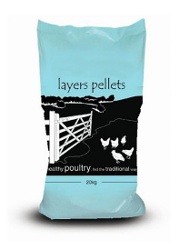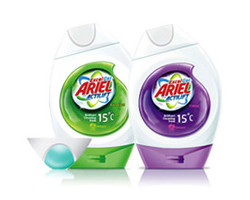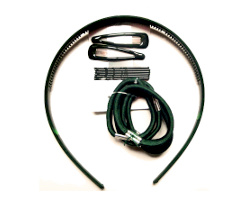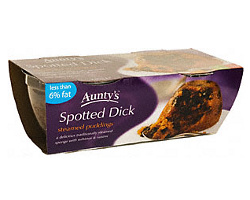How can I reuse or recycle big plastic (animal/bird) feed bags?
 Over on the Suggest an Item page, Emily asked:
Over on the Suggest an Item page, Emily asked:
Would anybody have any ideas for reusing the bags that stock feed comes in? They are some sort of plastic and not recycleable.
Funnily enough, I had this on my to-do list already as I’m starting to be overrun with the things too – and I’ve only got six small chickens, so I can’t imagine how many are generated by people with lots of animals/birds. (Mine are the heavy-duty flat plastic types – we’ve covered the woven plastic type ones before.)
The things I already do with mine:
- refill them with bedding & litter when cleaning out the coop. I bag it sometimes rather than tipping it all into the compost heap so I can give it to friends/family as fertiliser. Such a lovely gift! ;)
- use them to line the wooden planters I make. (I do this with some hesitation for fruit/veg containers as I don’t know what plastic it is so there may be some leaching issues.)
- use them as rubble sacks – they’re not quite as strong as actual rubble sacks but still pretty useful
I also know some people use them to “waterproof” ceilings of hen/duck houses, and I have a plan to build up the floor in our coop, and will cover it with these bags to make it easier to clean. Away from chicken stuff, I’ve seen people using opaque bags as weed barriers around trees.
Any other suggestions for ways to reuse them? Or any advice on recycling?
One thing I would say, as ever, is try to reduce your collection of them – look to see if there are any paper-bagged alternatives. If you’re storing the feed in a dry place, the paper getting damp shouldn’t be an issue. The heavy paper could be composted or recycled. Any other advice?



 I’m possibly a bit late with this now (sorry Su!) but I just spotted this question and wondered if anyone had any advice/info/suggestions for further research.
I’m possibly a bit late with this now (sorry Su!) but I just spotted this question and wondered if anyone had any advice/info/suggestions for further research. Granny Cain emailed about Ariel Gel Dosing Devices:
Granny Cain emailed about Ariel Gel Dosing Devices: We’ve had an email from Donna:
We’ve had an email from Donna: We’ve had an email from Debbie:
We’ve had an email from Debbie:














